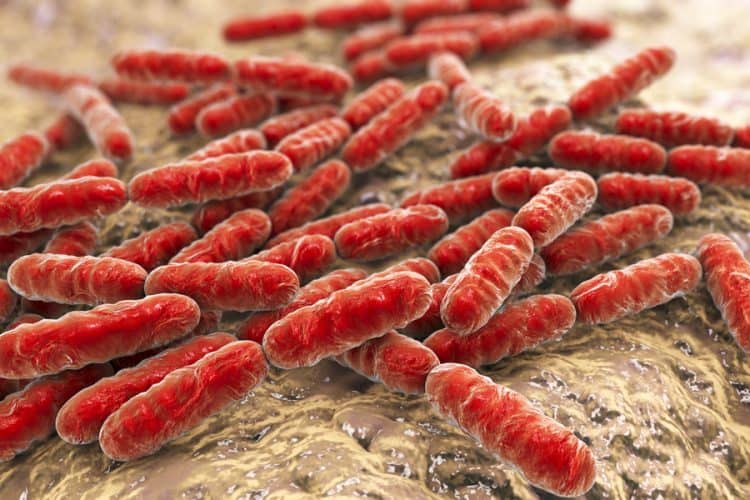
Brucella spp. It is a bacterium that causes disease in animals such as sheep, goats, cows, pigs, buffaloes, cats, dogs, and camels. Among the species of this bacterium, Brucella abortus causes disease in cattle, Brucella melitensis in sheep and goats, and Brucella suis in pigs. I would like to talk about Brucella bacteria and brucellosis.
Brucella bacteria and its properties
Brucella spp. small, cocci, coccobacillus or short bacillus. It can reproduce in the presence of oxygen. However, some species such as B. abortus and B. ovis require 5-10% CO2 for breeding conditions in initial isolation. It is gram negative, flagellate, sporeless and immobile.
Optimal growth temperatures are 37 °C (can reproduce between 20-40 °C) and optimal pH is between 6.6-7.4. Dies below pH 3.5. Brucella colonies are round, small, transparent, convex, slippery, S-shaped and colorless.
Brucella species are sensitive to common disinfectants such as hypochlorite solutions, 70% ethanol, isopropanol, iodophors, phenolic disinfectants, formaldehyde, glutaraldehyde and xylene, die immediately. Brucella species can also be inactivated by gamma irradiation.
These bacteria can survive for 10 weeks in soil, 2 years in liquid manure, 180 days in goat cheese at 4-8°C, 60 days in drinking water, 17 days in milk, 142 days in butter and up to 1 month in ice cream.
Brucellosis and prevention ways
Maltese Fever (brucellosis) is a common disease in areas where livestock is common. Brucellosis is a disease that is endemic (specific to the region where it is found, only found here) in Turkey, Mediterranean and Middle East countries. It is transmitted by Brucella species. It has different clinical signs and symptoms. Species reported as pathogens in humans are generally Brucella melitensis and Brucella abortus.
People who have a close relationship with animals are most susceptible to the disease. Examples include rural and nomadic community people, dairy industry workers, sheep herders, farmers, slaughterhouse workers, veterinarians, and microbiology laboratory staff. The disease can infect people of all ages. The disease can be treated with a combination of different antibiotics.
To prevent Brucellosis;
- Mass routine vaccination of animals protects people from this disease.
- Unpasteurized dairy products should not be consumed. Cheese made from raw milk should be matured for at least 3 months.
- Undercooked or raw meat products should not be consumed.
- Persons who are required to be in an environment that meets Brucella due to their profession should wear gloves, masks and aprons during contact.






